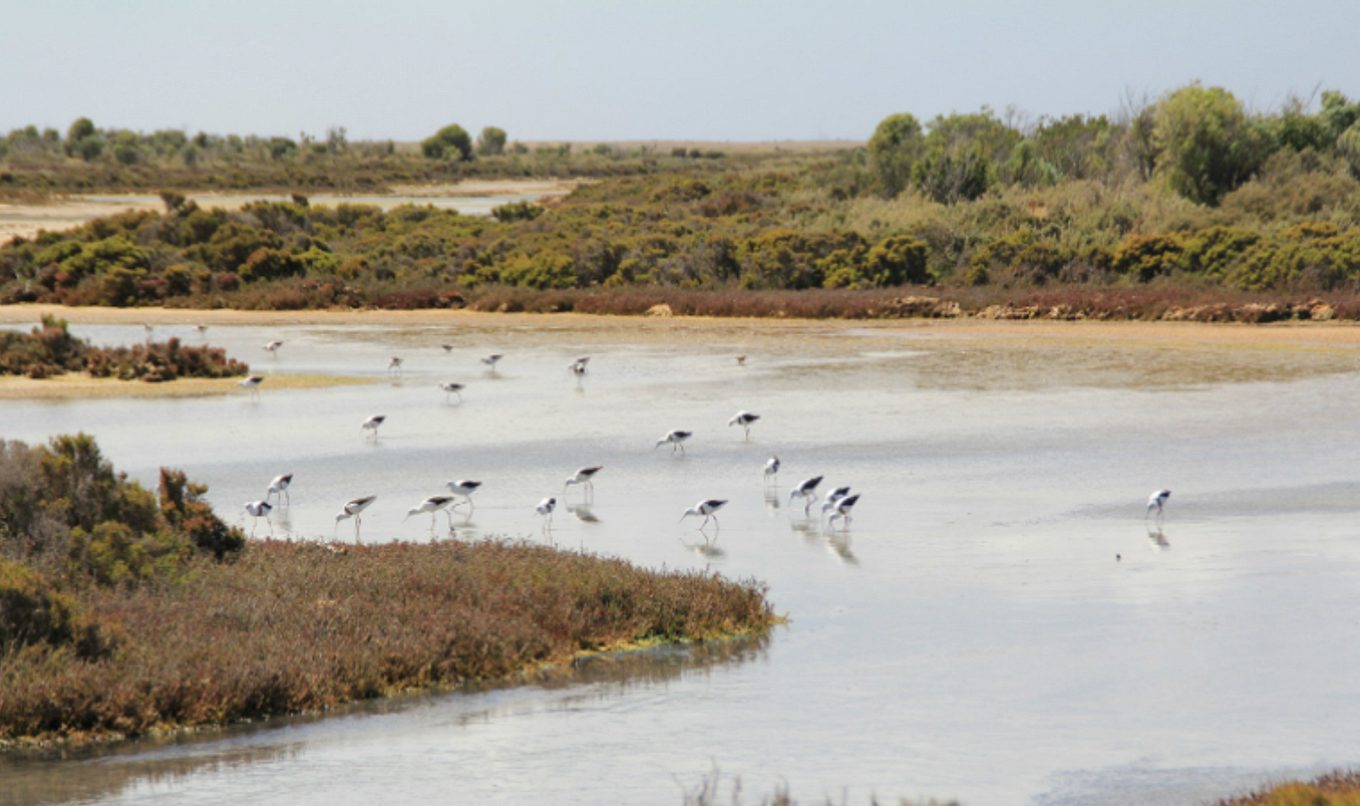Grants available for Blue Carbon projects
Blue Carbon’s importance in moderating the impact of climate change has been recognised with the announcement of grants totalling $200,000 now available for initiatives in the Adelaide Mt Lofty Ranges region which will help implement the state’s Blue Carbon Strategy.

Blue carbon is carbon stored in coastal ecosystems, in the plants and sediments of saltmarshes, mangroves and seagrass beds.
The new grants aim to help mitigate climate change by restoring and protecting Adelaide’s coastal environments, in turn reducing greenhouse gas emissions. If these habitats become degraded or impacted, they can actually increase emissions.
The Adelaide and Mount Lofty Ranges Natural Resources Management (AMLR NRM) Board’s new Blue Carbon Futures Fund will provide grants for projects which create and restore habitats to realise their full carbon storage potential.
Board presiding member Felicity-ann Lewis said in prioritising funding to grant applicants, the Board will consider the benefits the proposed Blue Carbon projects would bring to the environment, particularly for saltmarsh, shorebird and fisheries habitat.
“We are interested in projects which will help assess the feasibility or improve the knowledge of particular blue carbon sites, for example, how much carbon could potentially be stored if a particular site were to be remediated; actions which could reduce environmental impacts at a significant carbon site; or ways to incorporate existing blue carbon sites into future planning decisions.
“This local knowledge will help decision-makers to take advantage of future carbon market opportunities, for example, through a national Blue Carbon credit scheme.”
The AMLR NMR Board has undertaken significant investment in conservation and restoration of coastal habitats over the last decade and has invested significantly in Blue Carbon investigations and demonstration projects with partners in the region.
For example, the Dry Creek Salt Field tidal restoration project is a collaboration with the Department for Environment and Water, Goyder Institute, and Adelaide and Flinders universities, which trialled the installation of a tidal gate into one of the salt field ponds. In the year since the successful completion, not only have saltmarshes and mangroves been restored to the site, but the mudflats exposed at low tide have been important feeding areas of migratory shorebirds.
The Blue Carbon Futures Fund is open to researchers, local government, private companies and non-government organisations for projects in the Adelaide and Mt Lofty Ranges region. Applications close January 13, 2020.
For more information visit https://www.naturalresources.sa.gov.au/adelaidemtloftyranges/get-involved/grants-and-funding/blue-carbon-futures-grants

